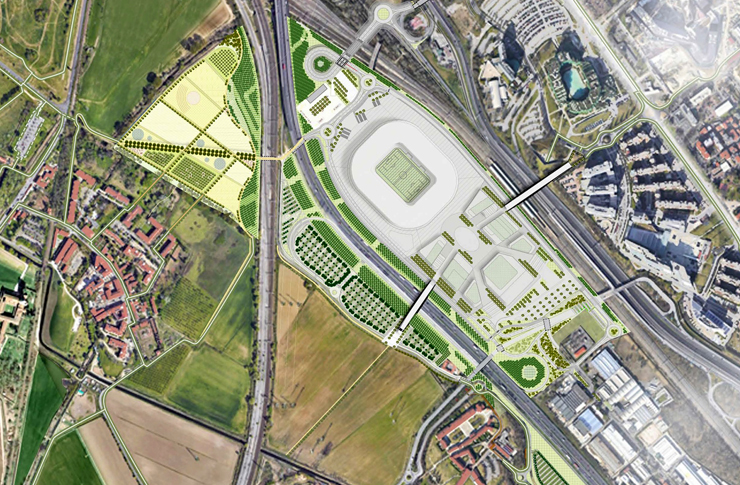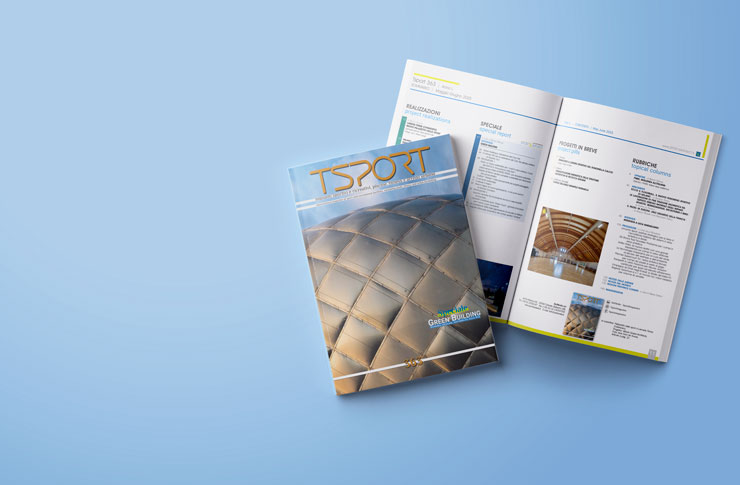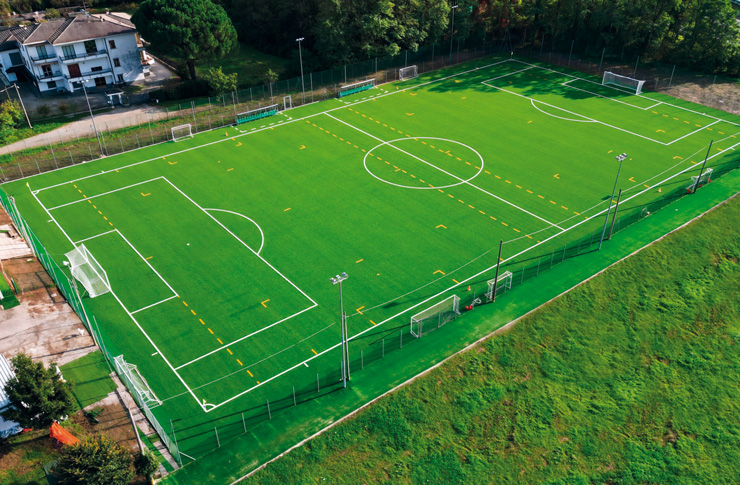The opportunity to discuss the PNRR in the “Special” of TSPORT 356, reminds us of the great wasted opportunity of being able to place the urban redevelopment of neighbourhoods and urban peripheries in wide-ranging plans.
Forgotten urban planning

San Donato Milanese. Porposed variant of the Piano Integrato di Intervento âSan Francescoâ.
Proposer: SportLifeCity Srl; development manager: Italy Stadium Advisors; project team: CAA Icon UK, Manica Architecture, GAe Engineering; landscape: LAND Italia Srl.
We must actually recognise that the “Integrated Urban Plans” (Mission 5 – Component 2 – Investment 2.2) are only a summation of single interventions that are far from being linked together.
After all, urban and territorial planning in Italy produces so many designs, at various scales, poorly coordinated with each other, fragmented among the competences of the individual Administrations, and above all subject to the free contractuality of the ‘Variant‘. As a result, an urban plan that is born organic and balanced can immediately after adoption be besieged by proposals for modifications deriving from specific contingencies, risking losing its overall vision.
We see this – in our sector – with the projects of large sports facilities, those that are driven by major economic interests. Hardly ever does the mythical ‘New Stadium‘ ask to be located in an area that the territorial planning had earmarked for such use.
Not that this is to be censured: however, the need for a town-planning variant should be placed within a framework of reviewing all the weights and strategies of the surrounding area. This is what we reproached at the time of the first proposal for the new San Siro stadium, in clear violation of the requirements of Milan’s recently launched Territorial Government Plan.
More coherent appears – for example – the proposal made by Milan FC to settle on land in San Donato Milanese. The area identified is already earmarked for sports facilities since an Integrated Intervention Plan, which must naturally be adapted to the new settlement weights. It is an area enclosed between bundles of railway lines and motorway junctions, and the proposal has the only handicap of providing for a series of car parks outside this perimeter, on agricultural land protected by the Parco Agricolo Sud Milano. The municipality has done well, clearly illustrating publicly the state of planning and critical issues (documents all available on the institutional website), despite persistent opposition from local committees.
Regardless of the judgement on the choices made by the Milanese clubs and how the issue may evolve in the future, we must expect town planning to authoritatively enter into the evaluation of the (possible) variant and resolve the conflict of interest with the protected agricultural landscape, without shortcuts but also without exceeding the temptation of immobilism as an end in itself.










